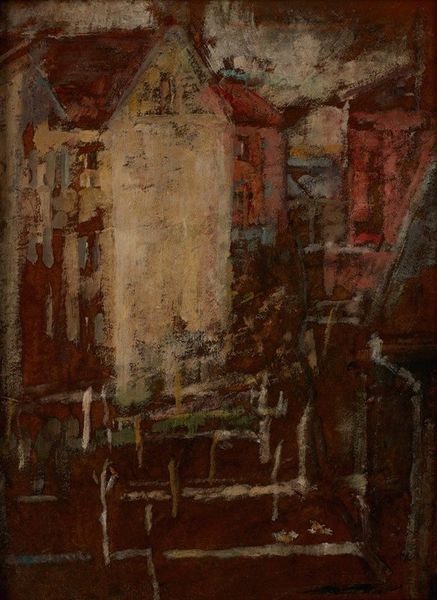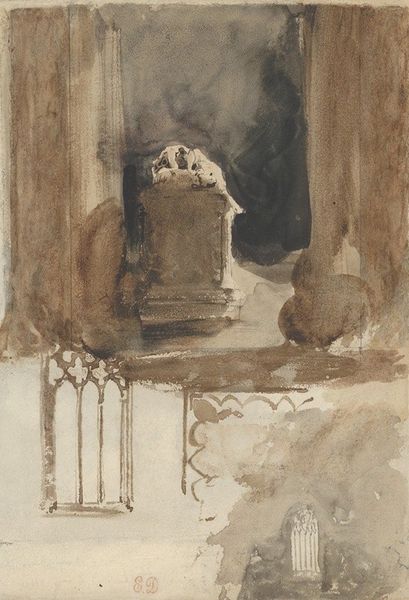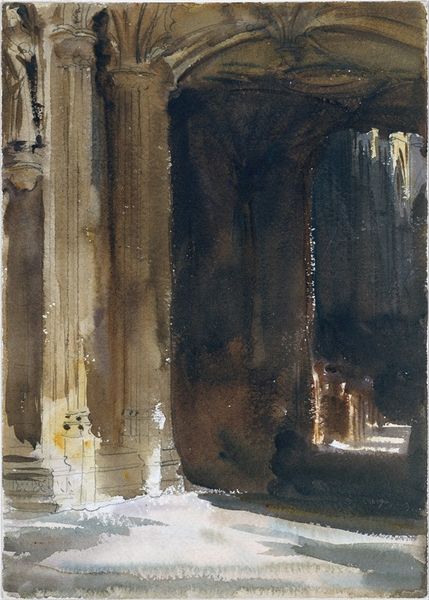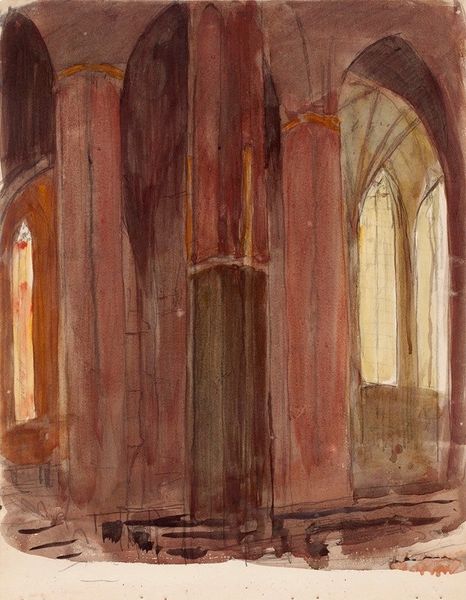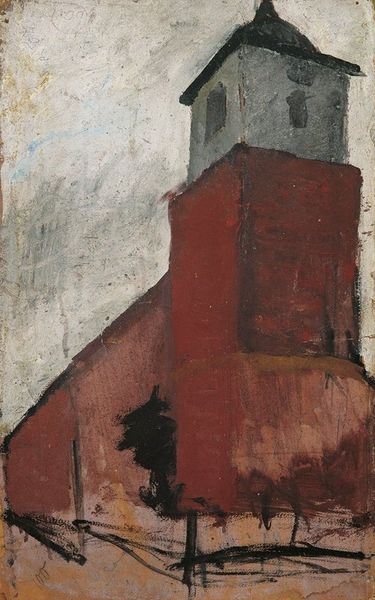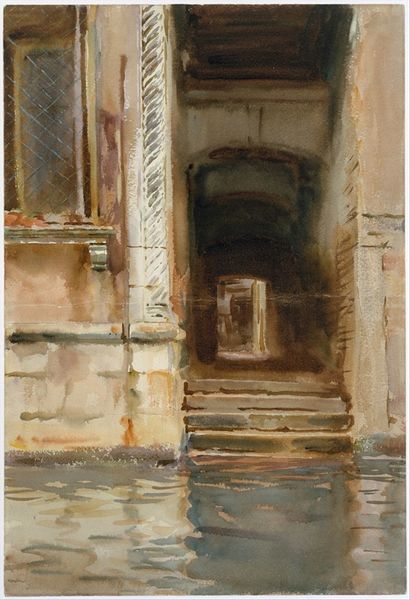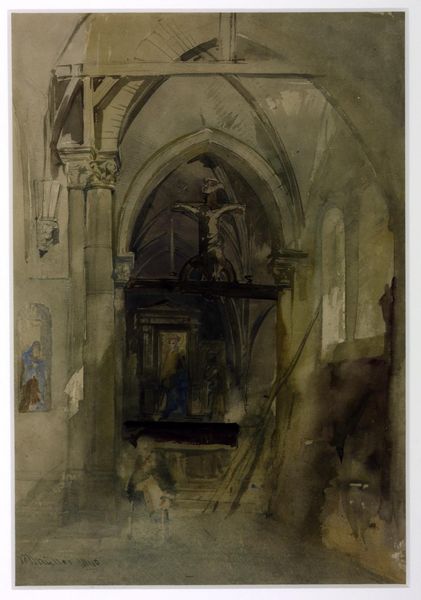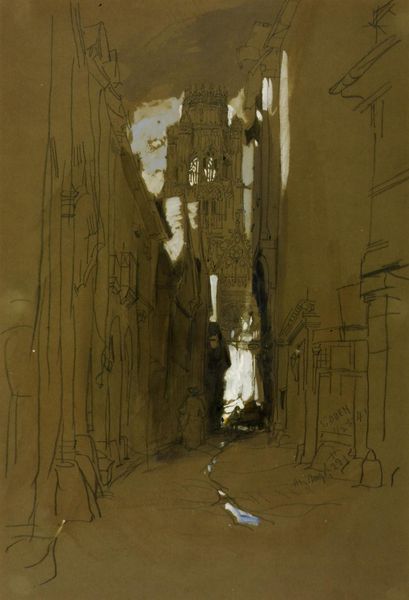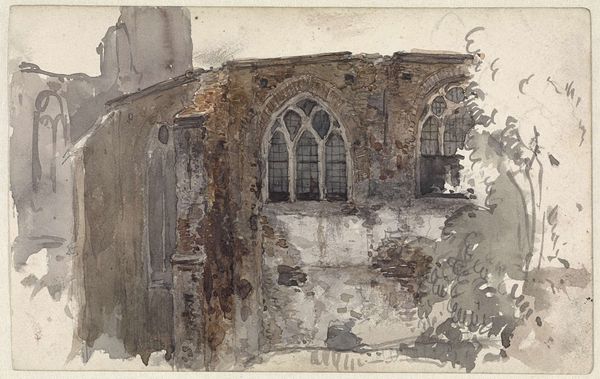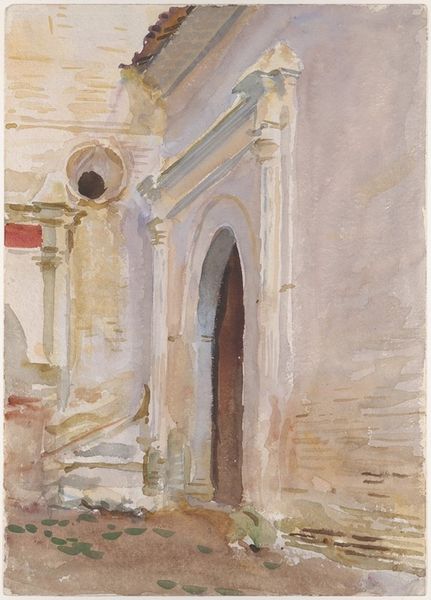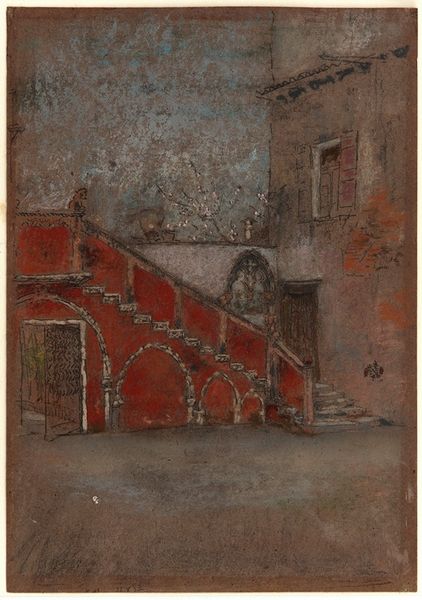
Copyright: Public Domain: Artvee
James Abbott McNeill Whistler captured this Venetian scene with pastel and charcoal on brown paper. Rather than oil paint, Whistler chose the immediacy of dry media to record the city’s architecture. The strokes of pastel give a soft, atmospheric effect, while the charcoal provides sharper definition. These materials, traditionally used for sketching, allowed Whistler to create a finished work that retains the freshness of a preliminary study. Note how the support itself – the brown paper – becomes part of the composition. Whistler exploits the texture and color of the paper, allowing it to show through in places, adding depth and warmth to the image. This reflects a broader trend in the late 19th century, where artists began to value the inherent qualities of their materials, celebrating the process of making as much as the final product. By elevating these humble media, Whistler challenged the hierarchy between drawing and painting, craft and fine art, demonstrating that artistic vision can transform even the simplest materials into works of profound beauty.
Comments
No comments
Be the first to comment and join the conversation on the ultimate creative platform.

